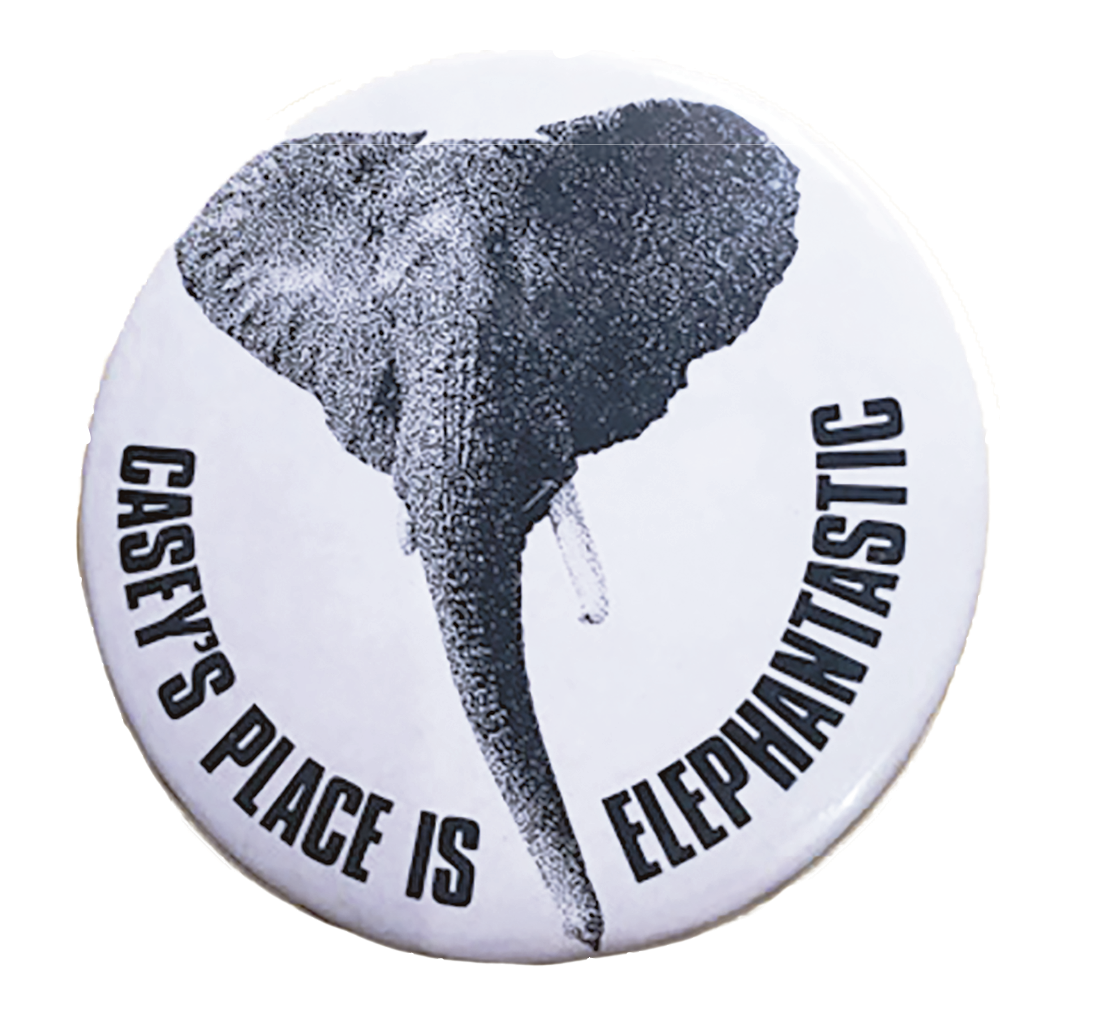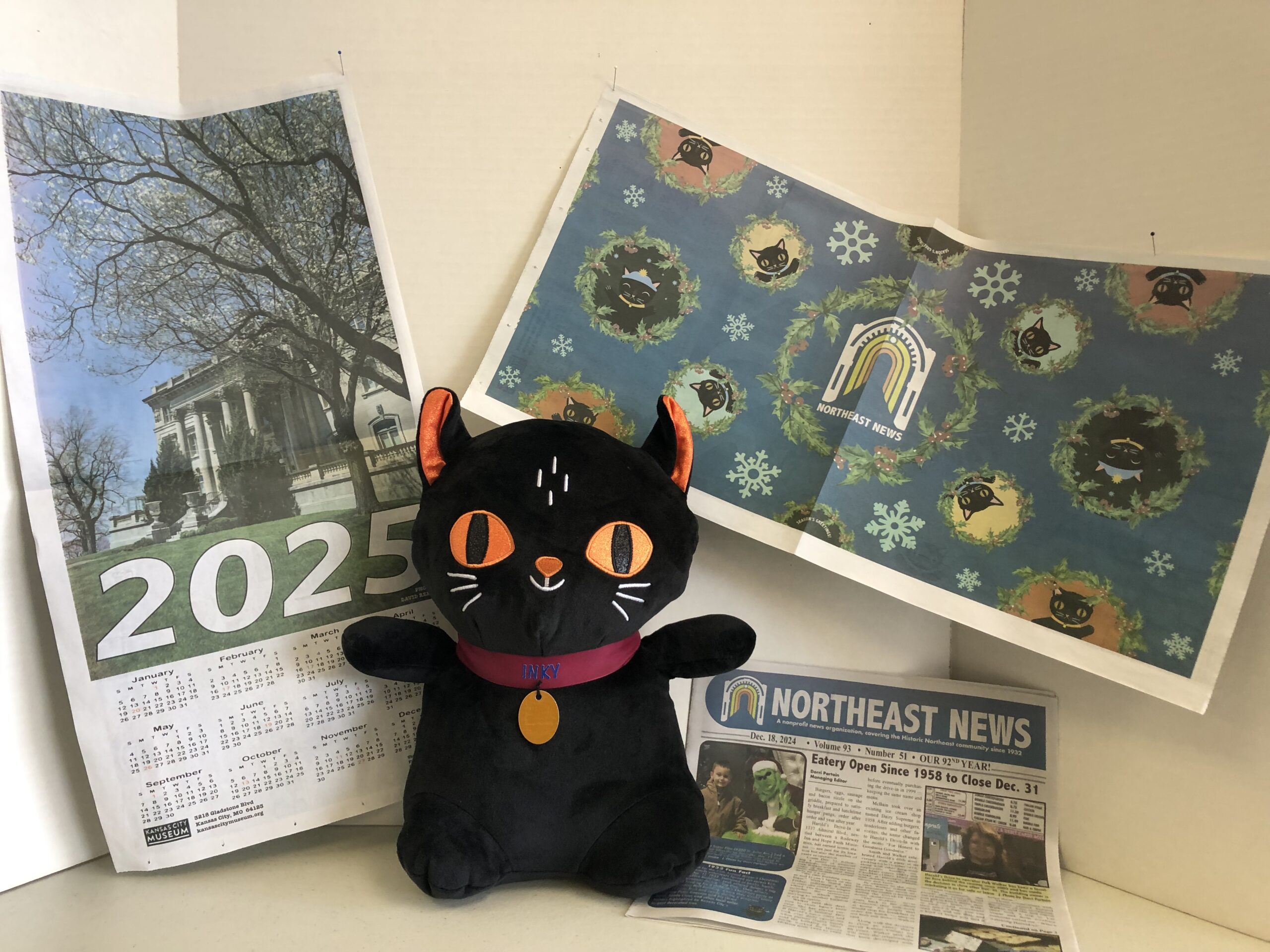
Dorri Partain
Assistant Editor
Who was Casey, and where was his place?
Casey, an African bull elephant, arrived in Kansas City in 1955 at the age of four. Both he and his female companion, Lady, had the letter “A” attached to their names, in reference to the Kansas City Athletics — the major league baseball team, which was referred to as “The A’s.”
The A’s official team logo featured an elephant holding a bat with its trunk. However, the drive to purchase the pair for its new African Veldt exhibit was started by Parkview Drugs President Phillip Small, who donated the first $100. Elephant “piggie” banks were placed at each drug store location to collect funds for the $8000 purchase price. Only $1000 was raised, so Athletic’s owner Arnold Johnson contributed $3500 and Small donated the final $3500.
While the zoo previously had several Indian elephants, since 1920, Casey and Lady were the first African elephants— arriving straight from the Republic of Congo. In 1962, Lady and Casey acquired a new barn in the African Veldt, having outgrown their original barn, which proved easily dismantled by active elephants.
When Lady died in 1971, a new companion, Penny, arrived and the zoo held a wedding ceremony for her and Casey. The “bride” was adorned with an elephant-sized veil, and the “newlyweds” chomped on their floral decorations and corsages, following the ceremony.
Despite his size, Casey had been considered a gentle giant— easily following his keeper’s commands. However, in 1982, in two separate incidents, Casey attacked and injured a zookeeper and zoo staff faced the difficult decision of what to do with an aggressive elephant. The Friends of the Zoo stepped forward to raise $150,000 to install heavy security bars inside the barn and the veldt that allowed Casey to be cared for while keeping his keepers out of harm’s way. In addition to corporate contributions, pin-back buttons with the slogan “Casey’s Place is Elephantastic” were sold to help raise funds for the new area named “Casey’s Place.”
Casey shared his place with another African bull elephant named Dale. When the Okavango Sanctuary exhibit opened in 1994, all female elephants moved from the old Veldt, but Casey and Dale stayed behind. At age 52, Casey died Sept. 24, 2003.
















